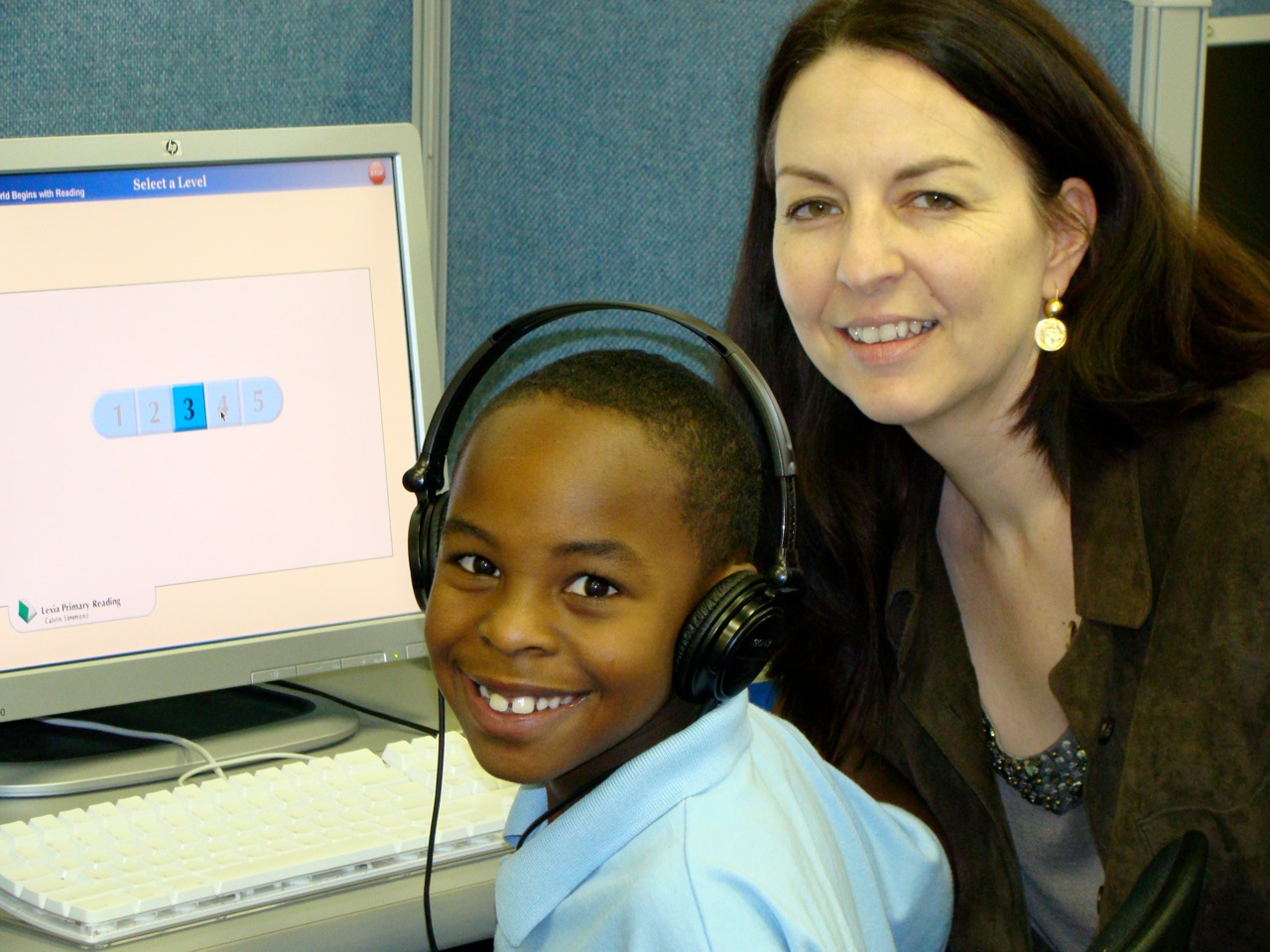
Does your child have difficulty learning to read? Orton-Gillingham to the Rescue!
Learning to read in English would be such a simple task if all similar-sounding phonemes were spelled the same. They aren’t. English is such an unfair language with so many iniquitous rules! For most of us, learning to read means memorizing the symbolic code of letter combinations and then using them in new contexts. Many of us just read naturally, understanding that these letter combinations create words and sounds. Linguists call these sounds ‘phonemes.’ Our brains just register the words and are equipped to read three or four words ahead of time. We are also mentally able to pull words apart, separate them into syllables and apply all of those unfair spelling rules easily and logically.
For a student with a reading disability, this process of reading does NOT come naturally. Students with dyslexia, for example, do not use the process of sounding out phonemes (decoding) while reading and applying spelling rules while writing (encoding). Dyslexics, in general, memorize words in entirety and make mental pictures of each word they learn. The predicament with this strategy is that when they get to a word that they are unfamiliar with, they have no coping mechanisms to attack that particular word.
An example of the difficulty for some of us to learn which combination of letters creates which phoneme is the sound of the letter ‘a’ as in the word ‘cake.’ The long ‘a’ sound is written differently in different words, as in baby, ape, sail, play, steak, vein, eight and they. For students with reading disabilities, something interferes with the acquisition of these written phonemes, and in order to learn, these students must be taught how to read in a different way. One such way is using a multi-sensory method.
Students with a reading disability often struggle with auditory and/or visual processing. They have troubles recalling words and how they are pronounced. This means that they do not comprehend the roles that sounds play in words. These students have difficulties rhyming words as well as blending sounds together to form words. These students do not understand or acquire the alphabetic system expected of them in the early years. If a student with a learning difference is given a task that uses just hearing and vision, without drawing upon other senses, this student will be at a disadvantage. When taught with a multi-sensory approach, students will learn alphabetic patterns, phonemes and words by utilizing all pathways – hearing (auditory), seeing (visual), touching (tactile) and moving (kinesthetic).
When learning the vowel combination ‘oa,’ for example, the student might first look at the letter combination on a picture of a GOAT, then close his/her eyes and listen to the sound, then trace the letters in the air while speaking out loud. This combination of listening, looking, and moving around creates a lasting impression for the student as things will connect to each other and become memorable. Using a multi-sensory approach to reading will benefit ALL learners, not just those with reading disabilities.
The other significant component in helping a struggling reader learn to read and write is utilizing an Orton-Gillingham approach. In Orton-Gillingham, the phonemes are introduced in a systematic, sequential and cumulative process. The Orton-Gillingham teacher begins with the most basic elements of the English language. Using repetition and the sequential building blocks of our language, phonemes are taught one at a time. This includes the consonants and sounds of the consonants. By presenting one rule at a time and practicing it until the student can apply it with automaticity and fluency, students have no reading gaps in their word-decoding skills. As the students progress to short vowels, they begin reading and writing sounds in isolation. From there they progress to digraphs, blends and diphthongs.
Students are taught how to listen to words or syllables and break them into individual phonemes. They also take individual sounds and blend them into a word, change the sounds in the words, delete sounds, and compare sounds. For example, “…in the word steak, what is the first sound you hear? What is the vowel combination you hear? What is the last sound you hear? Students are also taught to recognize and manipulate these sounds. “…what sound does the ‘ea’ make in the word steak? Say steak. Say steak again but instead of the ‘st’ say ‘br.’- BREAK!
Every lesson the student learns is in a structured and orderly fashion. The student is taught a skill and doesn’t progress to the next skill until the current lesson is mastered. As students learn new material, they continue to review old material until it is stored into the student’s long-term memory. While learning these skills, students focus on phonemic awareness. There are 181 phonemes or rules in Orton-Gillingham for students to learn. Advanced students will study the rules of English language, syllable patterns, and how to use roots, prefixes, and suffixes to study words. By teaching how to combine the individual letters or sounds and put them together to form words and how to break longer words into smaller pieces, both synthetic and analytic phonics are taught throughout the entire Orton-Gillingham program.
Students with reading disabilities need more structure, repetition and differentiation in their reading instruction. They need to learn basic language sounds and the letters that make them, starting from the very beginning and moving forward in a gradual step by step process. This needs to be delivered in a systematic, sequential and cumulative approach. For all of this to “stick” the students will need to do this by using their eyes, ears, voices, and hands.
Learn more about the New PRIDE Reading Program
__________________________________________________________________________________
Karina Richland, M.A. is the Managing Director of Pride Learning Centers, located in Southern California. Ms. Richland is a reading and learning disability specialist. She speaks frequently to parents, teachers, and professionals on learning differences, and writes for several journals and publications. You can visit the website www.pridelearningcenter.com

